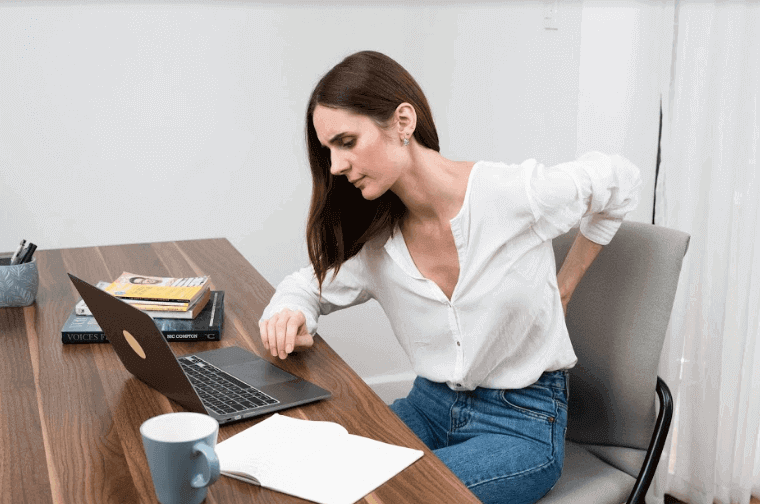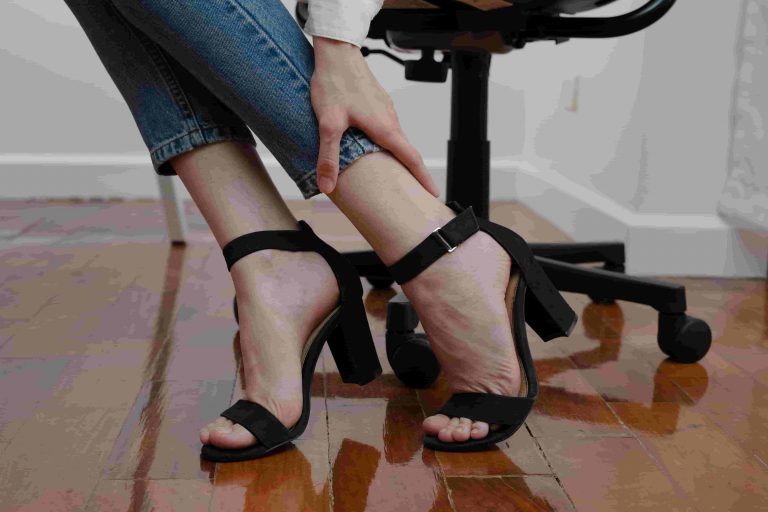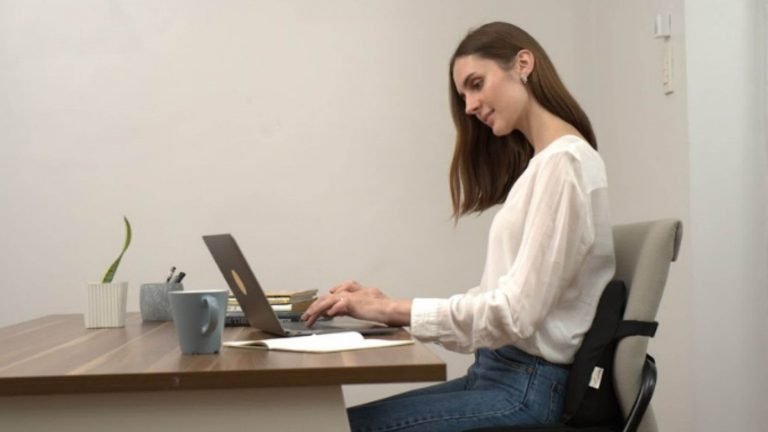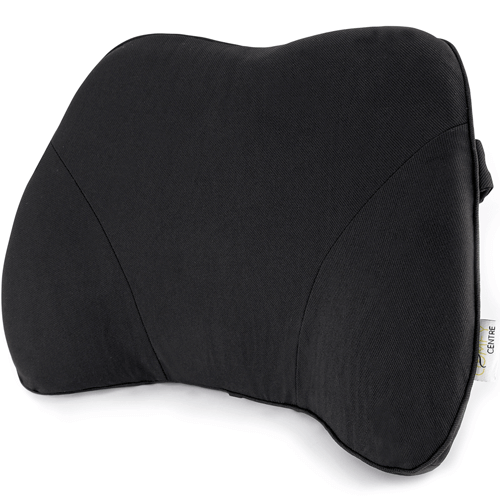Menu
Sciatica is a term for pain in the sciatic nerve—a nerve streaming down both sides of the lower spine, through the pelvis, underneath the back of each leg, and into the feet. It generates pain and may contribute to the difficulty of sitting, standing, and sleeping.
Sciatica occurs when pressure irritates the nerve, generating pain in the buttock, thigh, or below the leg. Some report the pain as mild or sore, while others encounter a burning sensation and sharper pain. Numbness, tingling, and instability in the leg are common signs of sciatica. Symptoms typically manifest on just one side of the body.
According to a study reported in the Journal Orthopedics, 650 people were studied for sciatica, and 25% of them experienced lower back pain in the past six months. This statement explains how common sciatica is.
When you're sitting, the spine receives the highest contractive force, making all back problems worse.
There are gel cushions in between each of the vertebrae. They mainly function as shock absorbers, holds the vertebra together, and allow slight spinal movements.
When we talk about compressive forces, these discs carry the compression's brunt. While sitting, your posture creates different circumstances influencing the fluid inside these discs. Sitting in a neutral position prompts the discs to flatten out with the fluid evenly distributed. Slouching causes the disc's liquid to push toward the back, while sitting with an increased curve in your back causes the disc's fluid to move toward the front.

The sciatic nerve's inflammation is caused by nerve root compression. This form of entrapment is particularly called a lumbar radiculopathy since the affected nerve roots are located in the lower back portion of the spine. The nerve compression may also be caused by:

Wearing high-heel shoes leans your body weight forward, forcing you to flex onward at the hips to stay upright. This forceful movement stretches the hamstring muscles in your back across your sciatic nerve, which can irritate it. High heels and shoes without properly cushioned insoles also may shift the impact of your steps on your legs to your back and hips.
Another factor that likely contributes to the worsening of sciatica is sitting for extended periods with bulky objects in your pocket. Your wallet, phone, keys, or any hard item in your back pocket has been determined to aggravate the piriformis muscle where the sciatic nerve operates. It can add pressure on the nerve, resulting in pain. Avoid tucking your wallet in your back pocket; instead, put it in the front.
Some researchers suppose that several forms of back pain – including sciatica, are caused by emotional anxiety. During stress, the brain deprives oxygen to the nerves in the lower back, which results in leg pain, weakness, and other tingling sensations.
A couple of people suffering from sciatica concluded that tight garments, such as jeans and underwear with ill-fitting elastic bands might cause sciatica flare-ups. This type of clothing puts extra stress on the sciatic nerve.
People living an inactive lifestyle are at a higher risk of exhibiting sciatica flare-ups than active people. Sitting too long can weaken the intervertebral disc, contributing to nerve irritation.
Scientific research shows a connection between excessive body weight and back pain. Being overweight can add stress to the sciatic nerve but can be resolved with proper weight management.
When you bend over to lift massive things, your lumbar discs tend to overwork, which can result in herniated discs and compress the sciatic nerve.
Sciatica can develop in pregnancy following piriformis syndrome. The condition rises when the piriformis muscles on the buttocks area contract and constrict the sciatic nerve.

It can be challenging to sit correctly at work, especially if the chair lacks adequate support. You often neglect your sitting posture and wonder why you're enduring a sore back at the end of the day.
Sit for a while and analyze how you work and perform at your work desk. Do you let your feet reach the floor? Are your knees above or below your pelvis? Does your back appear rounded toward the end of the chair? Does the seat feel comfortable and provide support for your hips?
You are supposed to sit upright with no unnatural curves in your spine. If you sense that your back is rounded, lumbar back support is a good investment. This pillow is excellent for sciatica and is lightweight and adjustable to help support your chair. It easily adapts to your body, which helps align your spine in an optimal position to ease lower back pain. Your feet should also be touching the floor to allow your knees to bend to the height of your pelvis. A footrest may also be an option if you find it difficult to reach the floor with your feet alone.
Your sitting posture in the car should be similar as you do at work. Your left knee should be aligned with your pelvis while your right leg extended out toward the gas pedal. A couple of orthopedic pillows for sciatica you should try are lumbar back support and a wedge cushion. Lumbar support cushions provide increased support to your car seat, ensuring you're driving in an optimal position all the time.

COMFYCENTRE® Orthopedic Lumbar Support
Specifically designed with ultra-elastic materials, this orthopedic lumbar support is proven to relieve any lower body pain. It is firm enough to reduce the pressure in your coccyx, spine, and legs to efficiently avoid back pain and stressed legs.
The sofa may not be the coziest place you should lounge if you have back pain. Soft, plush furniture triggers back pain. Adapt postural changes if you're feeling any back or leg pain while lying on your sofa. Consider lumbar support, wedge cushion, or footrest - choose the most suitable one that supports your sitting position and alleviates your pain.
It is vital to treat the cause of sciatica and not the symptoms. Medication helps decrease the inflammation, but it doesn't treat the root cause of the sciatic nerve's irritation. Here are a few essential ways for you to relieve sciatica pain:
Sciatica on its own is not a troubling condition, but it can generate physical pain and even mental distress that may worsen over time. Practice proper postural alignment and be mindful of where you sit - make sure it keeps you supported and relaxed. The results will not only make you more satisfied, but your back will thank you for it.
Addressing the problem and finding the right solution that works for you is the best approach to prevent pain from worsening or coming back in both the short and long term.